
Most everyone is aware of the World War II amphibious landings at Normandy, Iwo Jima, Okinawa and many other islands. However, some armchair generals may not be aware of the invasion of Angaur Island in the Pacific in 1944.

Most everyone is aware of the World War II amphibious landings at Normandy, Iwo Jima, Okinawa and many other islands. However, some armchair generals may not be aware of the invasion of Angaur Island in the Pacific in 1944.
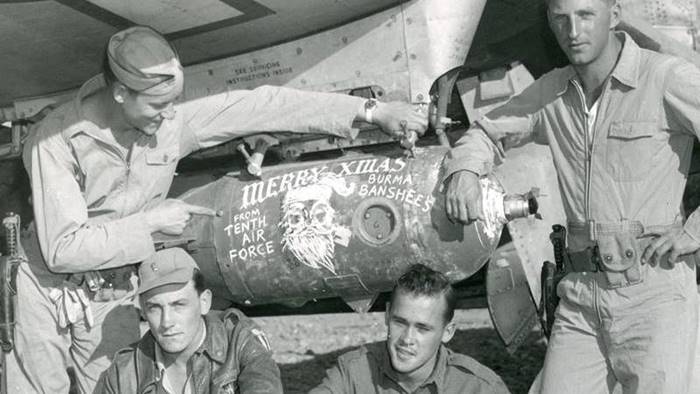
America’s fighting men and women have endured the hardships of combat for almost 250 years. However, those hardships haven’t prevented Soldiers, Marines, Sailors and Airmen from celebrating the Holy holiday. CombatTales.com presents a look at American war fighters celebrating Christmas during times of war.
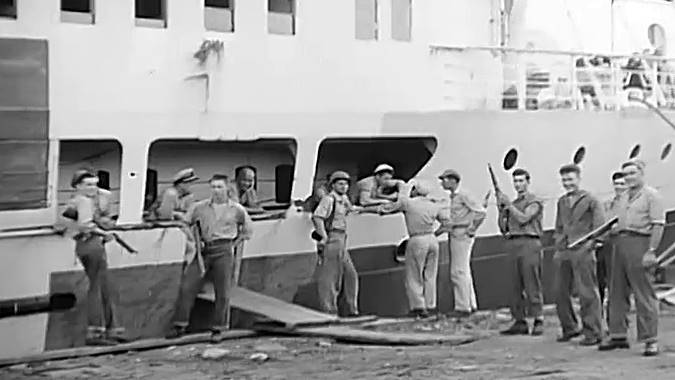
United States forces captured the Japanese hospital ship Tachibana Maru in early August 1945 after it was discovered the Japanese were transporting fresh troops and weapons to battle areas of need.
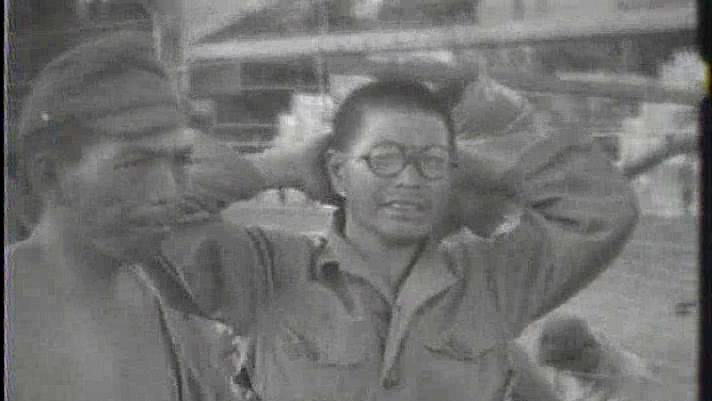
Raw video with added music. Large group of Japanese prisoners in compound, Prisoners struggle to get water from water cans, Prisoners in compound eating “K” rations, Prisoner is treated by US medics outside of tent. Two trucks loaded with prisoners move toward and away from camera, Facial studies of prisoners in trucks, Prisoners are counted by Okinawan as they leave compound. Japanese officers in enclosure are lectured by Japanese major, Prisoners’ heads are shaved by other prisoners.
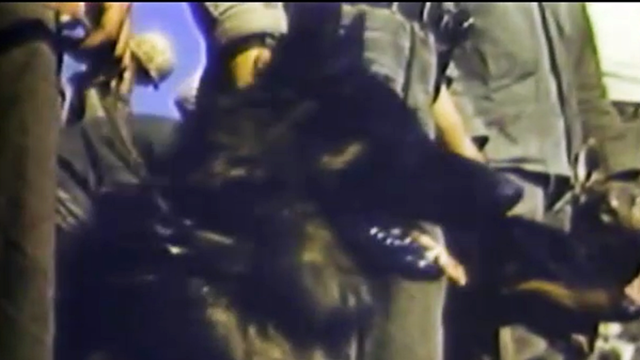
Thousands of dogs were used during World War II by U.S. forces during World War II. Many died during their service of helping protect American soldiers, Marines, Sailors and Airmen. Look inside for historic video of military working dogs of the 6th Marine Division conducting operations at Iwo Jima in 1945 during World War II.
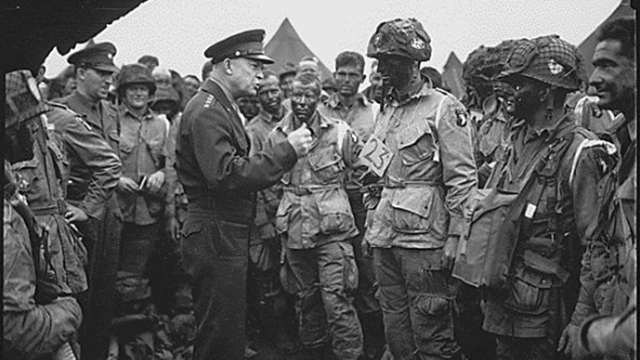
In June of 1944 the Allies landed thousands of troops on the shores of Normandy, France. Look inside for video and photos of the historic military mission.
The battle of Iwo Jima took place from February to March in 1945 and was one of the bloodiest battles for the U.S. during World War II. Over 25,000 American troops lost their lives or were wounded during this bloodbath. Look inside for raw video of this key combat engagement between the United States and the Empire of Japan. An amazing 27 Medals of Honor were awarded to members of the United States Marines (22) and Navy (5).
 Medal of Honor Citation: Alexander Bonnyman, Jr.
Medal of Honor Citation: Alexander Bonnyman, Jr.
Rank and organization: First Lieutenant, U.S. Marine Corps Reserves.
Born: 2 May 1910, Atlanta, Ga.
Accredited to: New Mexico.
Citation: For conspicuous gallantry and intrepidity at the risk of his life above and beyond the call of duty as Executive Officer of the 2d Battalion Shore Party, 8th Marines, 2d Marine Division, during the assault against enemy Japanese-held Tarawa in the Gilbert Islands, 20-22 November 1943. Acting on his own initiative when assault troops were pinned down at the far end of Betio Pier by the overwhelming fire of Japanese shore batteries, 1st Lt. Bonnyman repeatedly defied the blasting fury of the enemy bombardment to organize and lead the besieged men over the long, open pier to the beach and then, voluntarily obtaining flame throwers and demolitions, organized his pioneer shore party into assault demolitionists and directed the blowing of several hostile installations before the close of D-day. Determined to effect an opening in the enemy’s strongly organized defense line the following day, he voluntarily crawled approximately 40 yards forward of our lines and placed demolitions in the entrance of a large Japanese emplacement as the initial move in his planned attack against the heavily garrisoned, bombproof installation which was stubbornly resisting despite the destruction early in the action of a large number of Japanese who had been inflicting heavy casualties on our forces and holding up our advance. Withdrawing only to replenish his ammunition, he led his men in a renewed assault, fearlessly exposing himself to the merciless slash of hostile fire as he stormed the formidable bastion, directed the placement of demolition charges in both entrances and seized the top of the bombproof position, flushing more than 100 of the enemy who were instantly cut down, and effecting the annihilation of approximately 150 troops inside the emplacement. Assailed by additional Japanese after he had gained his objective, he made a heroic stand on the edge of the structure, defending his strategic position with indomitable determination in the face of the desperate charge and killing 3 of the enemy before he fell, mortally wounded. By his dauntless fighting spirit, unrelenting aggressiveness and forceful leadership throughout 3 days of unremitting, violent battle, 1st Lt. Bonnyman had inspired his men to heroic effort, enabling them to beat off the counterattack and break the back of hostile resistance in that sector for an immediate gain of 400 yards with no further casualties to our forces in this zone. He gallantly gave his life for his country.
Rank and organization: Major, U.S. Army Air Corps.
Place and date: Over Borneo and Leyte, 10 October to 15 November 1944.
Entered service at: Poplar, Wis.
Birth: Poplar, Wis.
G.O. No.: 90, 8 December 1944.
Citation: For conspicuous gallantry and intrepidity in action above and beyond the call of duty in the Southwest Pacific area from 10 October to 15 November 1944. Though assigned to duty as gunnery instructor and neither required nor expected to perform combat duty, Maj. Bong voluntarily and at his own urgent request engaged in repeated combat missions, including unusually hazardous sorties over Balikpapan, Borneo, and in the Leyte area of the Philippines. His aggressiveness and daring resulted in his shooting down 8 enemy airplanes during this period.
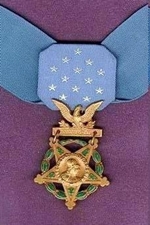 Medal of Honor Citation: Cecil H. Bolton
Medal of Honor Citation: Cecil H. Bolton
Rank and organization: First Lieutenant, U.S. Army, Company E, 413th Infantry, 104th Infantry Division.
Place and date: Mark River, Holland, 2 November 1944.
Entered service at: Huntsville, Ala.
Birth: Crawfordsville, Fla.
G.O. No.: 74, 1 September 1945.
Citation: As leader of the weapons platoon of Company E, 413th Infantry, on the night of 2 November 1944, he fought gallantly in a pitched battle which followed the crossing of the Mark River in Holland. When 2 machineguns pinned down his company, he tried to eliminate, with mortar fire, their grazing fire which was inflicting serious casualties and preventing the company’s advance from an area rocked by artillery shelling. In the moonlight it was impossible for him to locate accurately the enemy’s camouflaged positions; but he continued to direct fire 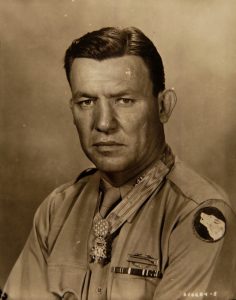
LINK: Cecil H. Bolton Biography
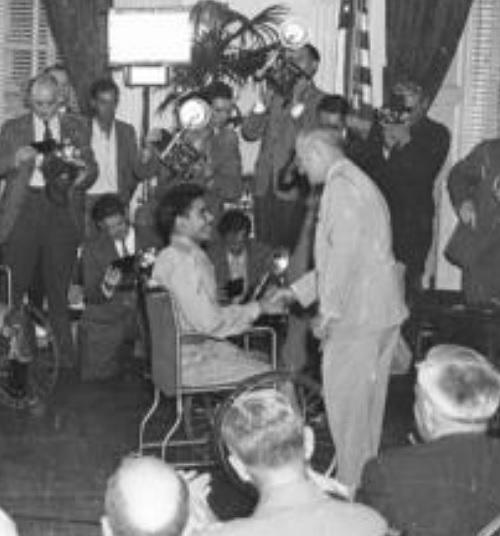
 Medal of Honor Citation: Paul L. Bolden
Medal of Honor Citation: Paul L. Bolden
Rank and organization: Staff Sergeant, U.S. Army, Company 1, 120th Infantry, 30th Infantry Division.
Place and date: Petit-Coo, Belgium, 23 December 1944.
Entered service at: Madison, Ala.
Birth: Hobbes Island, Iowa.
G.O. No.: 73, 30 August 1945.
Citation: He voluntarily attacked a formidable enemy strong point in Petit-Coo, Belgium, on 23 December, 1944, when his company was pinned down by extremely heavy automatic and small-arms fire coming from a house 200 yards to the front. Mortar and tank artillery shells pounded the unit, when S/Sgt. Bolden and a comrade, on their own initiative, moved forward into a hail of bullets to eliminate the ever-increasing fire from the German position. Crawling ahead to close with what they knew was a powerfully armed, vastly superior force, the pair reached the house and took up assault positions, S/Sgt. Bolden under a window, his comrade across the street where he could deliver covering fire. In rapid succession, S/Sgt. Bolden hurled a fragmentation grenade and a white phosphorous grenade into the building; and then, fully realizing that he faced tremendous odds, rushed to the door, threw it open and fired into 35 SS troopers who were trying to reorganize themselves after the havoc wrought by the grenades. Twenty Germans died under fire of his submachinegun before he was struck in the shoulder, chest, and stomach by part of a burst which killed his comrade across the street. He withdrew from the house, waiting for the surviving Germans to come out and surrender. When none appeared in the doorway, he summoned his ebbing strength, overcame the extreme pain he suffered and boldly walked back into the house, firing as he went. He had killed the remaining 15 enemy soldiers when his ammunition ran out. S/Sgt. Bolden’s heroic advance against great odds, his fearless assault, and his magnificent display of courage in reentering the building where he had been severely wounded cleared the path for his company and insured the success of its mission.
LINK: Paul L. Bolden Biography